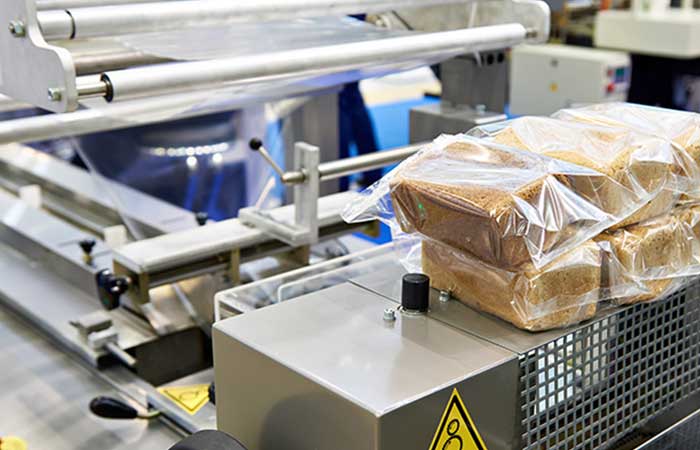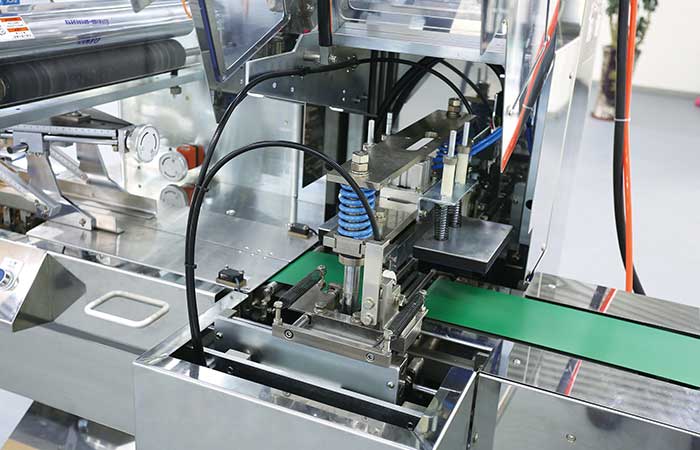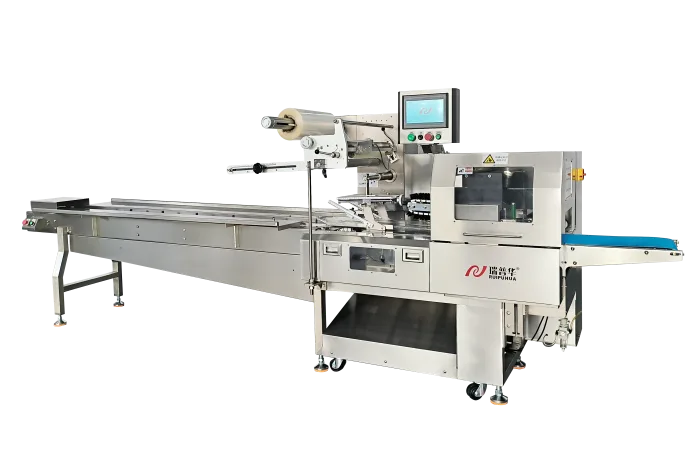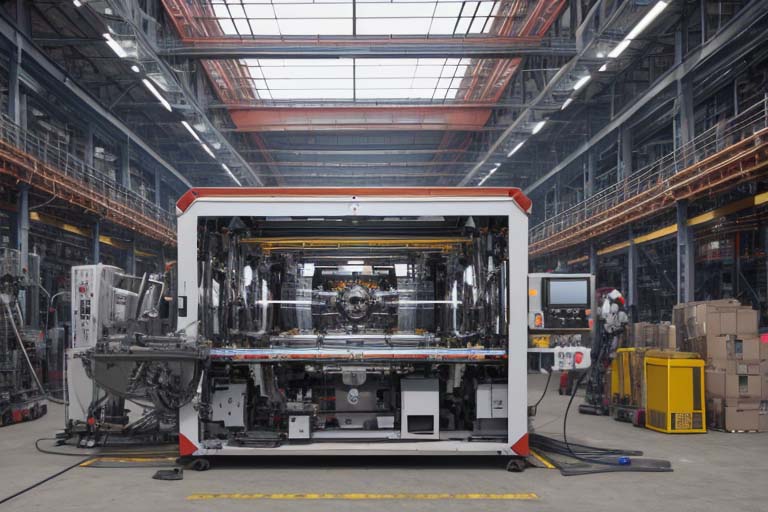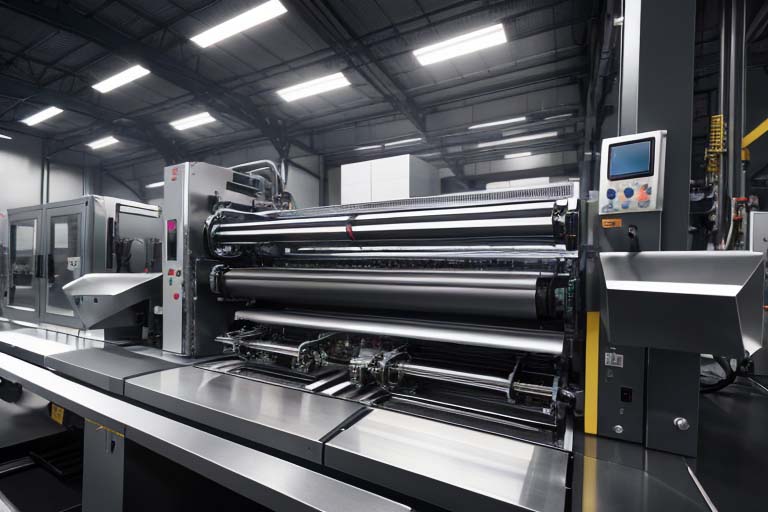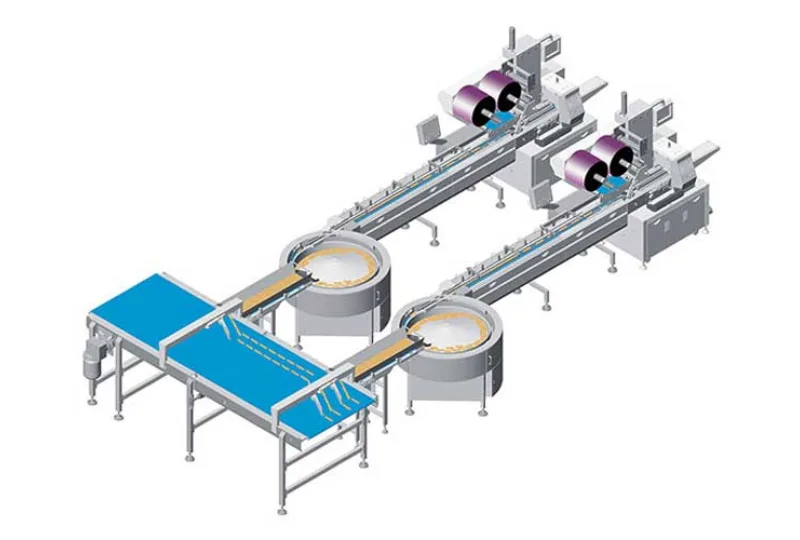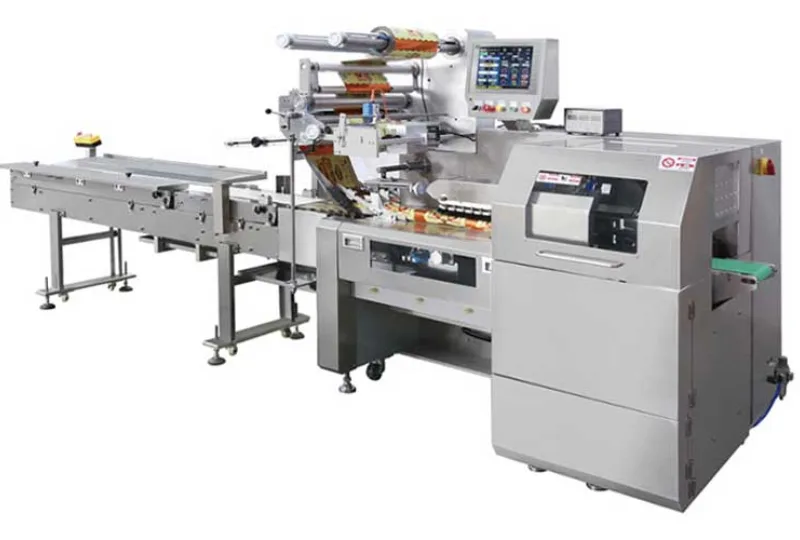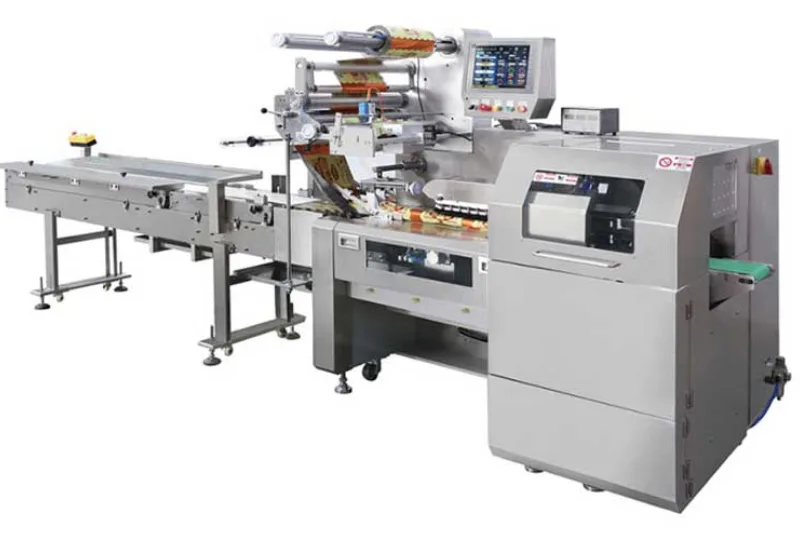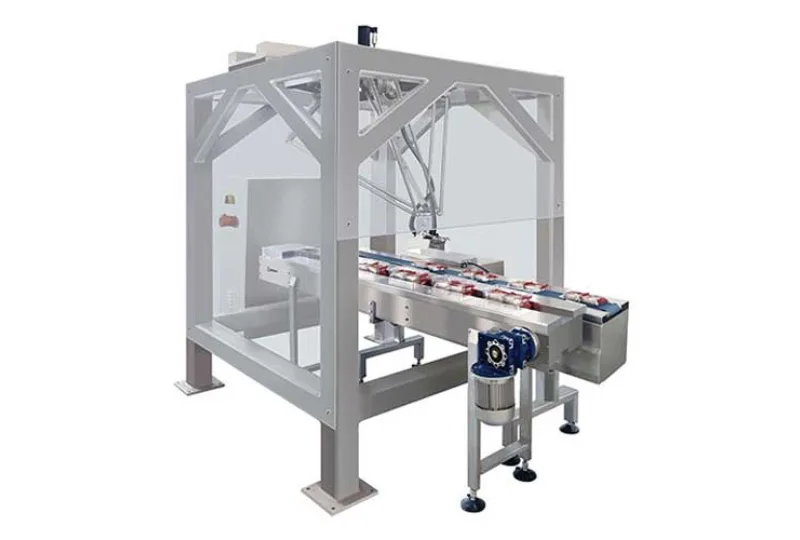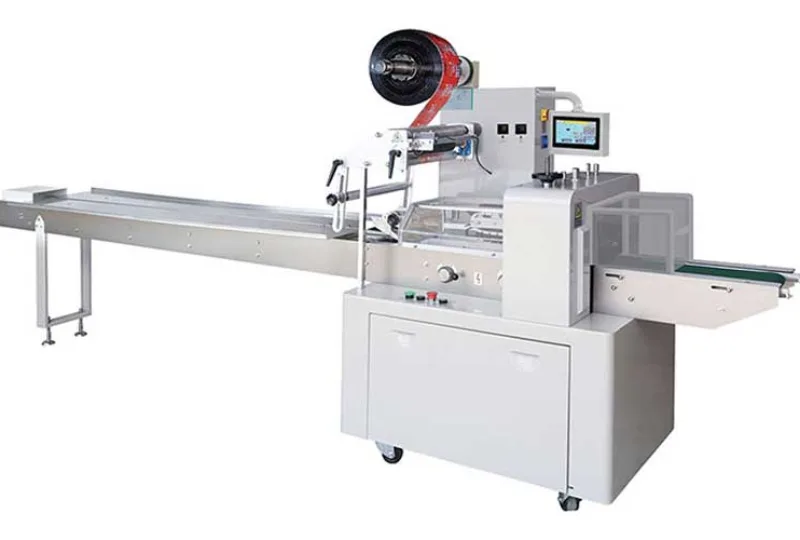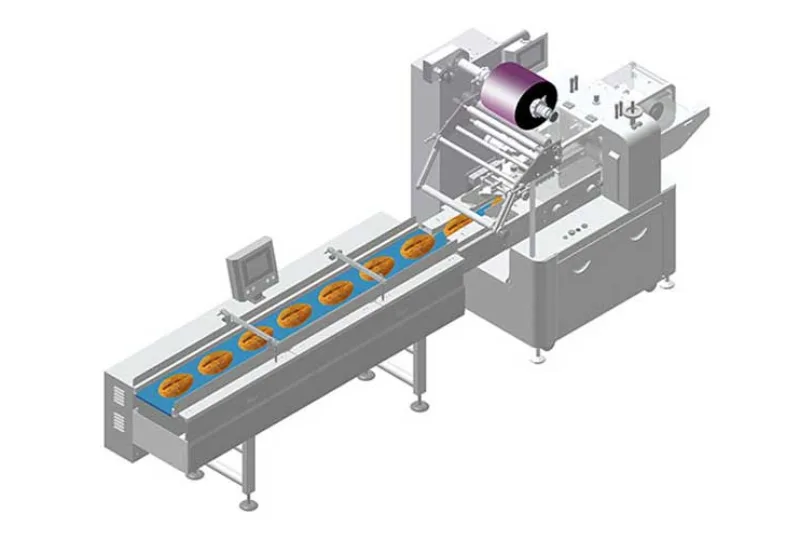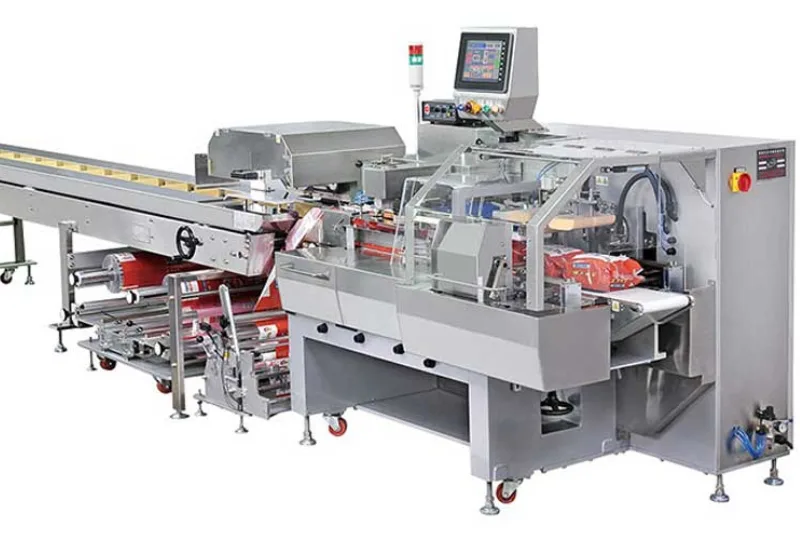Packaging Systems for Sterilization: Ensuring Safety and Efficacy
The Importance of Proper Packaging Systems for Items Undergoing Sterilization
When it comes to sterilizing items, whether in a healthcare setting or a laboratory environment, proper packaging is crucial to maintaining the sterility of the items. The process of sterilization itself is only effective if the items are securely packaged in a way that prevents contamination post-sterilization. In this blog post, we will explore the significance of utilizing the right packaging systems for items undergoing sterilization.
The Role of Packaging in Sterilization
Effective sterilization is a key component of infection control and patient safety. However, even after items have been properly sterilized, they can become contaminated if they are not adequately packaged. Packaging serves as a barrier that protects the sterilized items from microorganisms and other sources of contamination.
There are several factors to consider when choosing a packaging system for sterilized items:
- Material: The material used for packaging should be compatible with the sterilization method being employed (e.g., steam, ethylene oxide, hydrogen peroxide gas plasma).
- Type of Closure: The packaging should have a secure closure mechanism to prevent the entry of microorganisms.
- Visibility: Transparent packaging allows for easy identification of the contents without compromising sterility.
Common Packaging Systems for Sterilization
There are several types of packaging systems commonly used in the sterilization process:
- Pouches: Self-sealing pouches are often used for small items that can be heat-sealed for sterilization.
- Wraps: Paper or cloth wraps are commonly used for wrapping multiple items together for sterilization.
- Containers: Rigid containers made of plastic or metal are used for larger items that require protection during sterilization.
Best Practices for Packaging Items for Sterilization
Here are some best practices to ensure proper packaging of items for sterilization:
- Cleaning: Items should be thoroughly cleaned and dried before being placed in the packaging.
- Compatibility: Ensure that the packaging material is compatible with the sterilization method being used.
- Sealing: Properly seal the packaging to prevent contamination post-sterilization.
- Labeling: Clearly label the packaged items with necessary information such as the date of sterilization and contents.
Conclusion
In conclusion, proper packaging is essential for maintaining the sterility of items undergoing sterilization. By implementing the right packaging systems and following best practices, healthcare facilities and laboratories can ensure the safety and efficacy of their sterilization processes.
-
01
Innovative Packaging Solutions for Cookies, Candy, and Bakery Products
21-08-2025 -
02
Reliable Food Packing Machinery from a Trusted Manufacturer in China
21-08-2025 -
03
Advanced Packaging Solutions for Chocolate and Bakery Products
21-08-2025 -
04
Efficient Food Packaging Solutions for Modern Production
13-08-2025 -
05
Efficient Packaging Solutions from China for Bread and Candy Production
13-08-2025 -
06
Reliable Pillow Packing Machines for Efficient Packaging Solutions
13-08-2025 -
07
Efficient Automatic Packaging Line Solutions from a Trusted China Manufacturer
05-08-2025 -
08
Integrated Packaging Solutions with Horizontal Packaging Machinery and Automated End-of-Line Systems
05-08-2025 -
09
Packing Machine Distributor for Horizontal Flow Wrappers and Flow Wrap Solutions
05-08-2025 -
10
Automated End-of-Line Solutions: From Carton Packing to Palletizing
02-08-2025



